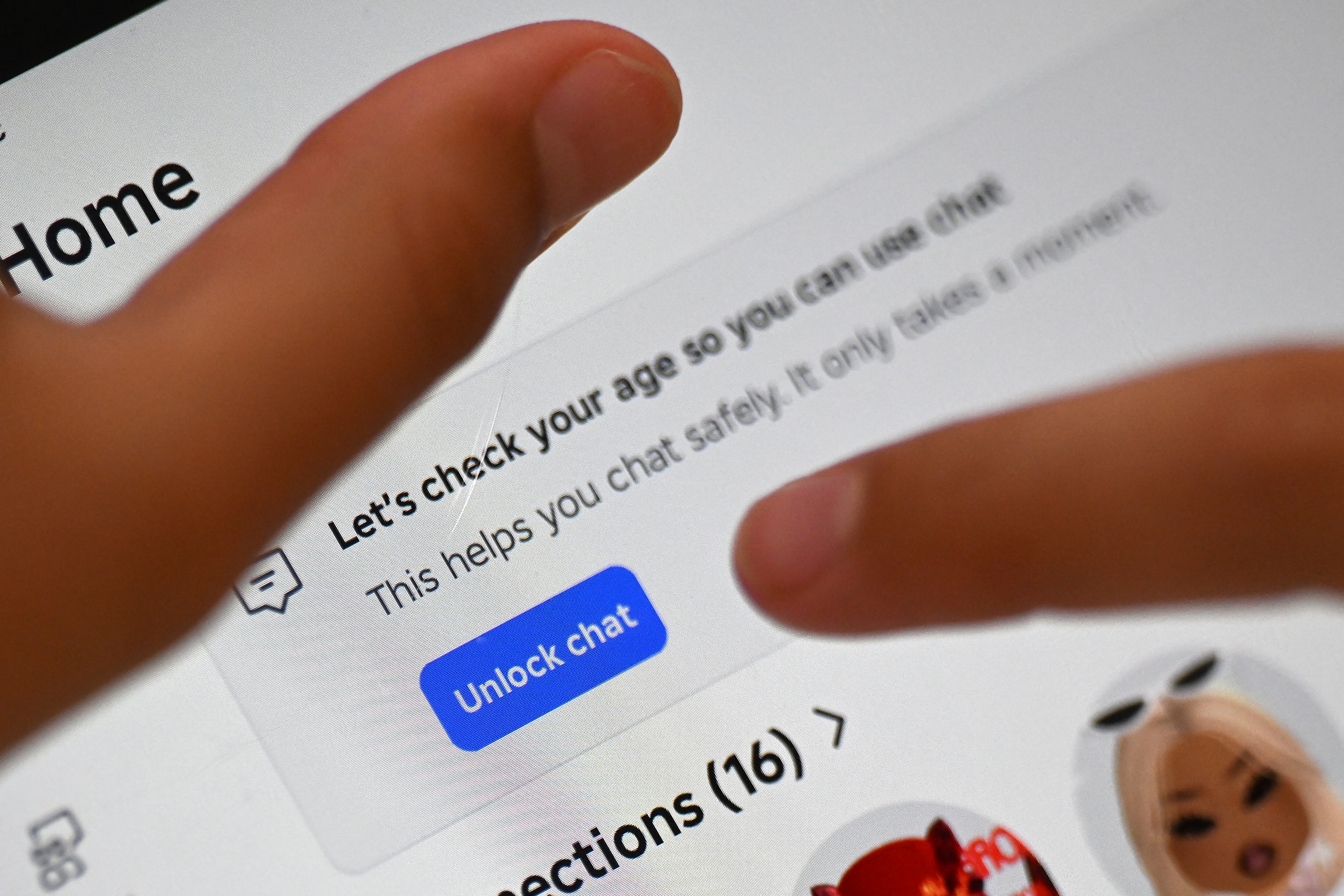What is the greatest tail risk stalking global finance today? There is a depressingly long list of options: surging debt, volatile rates, geopolitical conflict and/or cyber failures like the one accidentally unleashed by CrowdStrike and Microsoft. But there is another deserving far more debate: underwater sea cables.
Normally this is a topic submerged from sight, both literally and metaphorically. That is because western cultures typically depict the internet as a disembodied thing (think “cloud”), while the media focus on flashy satellites, like those run by Elon Musk.
But, as anthropologists such as Alexandre Laumonier have long noted, this cultural frame is a dangerous illusion: the internet is rooted in physical infrastructure, with over 99 per cent of global traffic moving via subsea cables. This includes the $10 trillion (€9.2 trillion) in daily financial transactions on platforms such as Swift which drive global markets.
These cables can be damaged by natural disasters (like tsunamis), accidents (a ship’s anchor) or deliberate attack. The problem is akin to the issue that erupted with French railways during the Olympics: if someone sabotages a link traffic stops.
READ MORE
The good(ish) news is that internet engineers are keenly aware of this, and are already repairing around 200 faults on the 500-odd existing cables each year, mostly due to accidents. Better still, awareness is rising in some financial quarters. Most notably when two mysterious huge faults occurred in the Mediterranean and Middle East in 2008, senior officials at the Federal Reserve became so alarmed that they joined forces with top internet engineers to create a so-called “Rogucci” initiative for the Reliability of Global Undersea Communication Cables Infrastructure.
This produced a 2010 report and triggered brainstorming meetings in places such as Goldman Sachs. Subsequently the UK think-tank Policy Exchange delivered a hard-hitting analysis, authored by Rishi Sunak, then a mere MP. “Short of nuclear or biological warfare it is difficult to think of a threat that could be more justifiably described as existential” than a “catastrophic failure of undersea cable networks”, it warned.
But the bad news is that the risks are now swelling: a hitherto unpublished updated Rogucci report notes that while the main threat used to be “local sabotage and terrorism” it is now “physically destructive hostile acts” committed by powerful states “possessing great skills”. Indeed, Russian leaders have already threatened this.
Meanwhile mysterious incidents are proliferating. In 2022 the Baltic Nord Stream gas pipeline was sabotaged. More recently Sweden reported sabotage to a data cable and Estonia is in a diplomatic tussle with China around an alleged “accident”.
“The era of seabed warfare has arrived in the Euro-Atlantic, and other contested regions may soon follow suit,” James Stavridis, former Nato supreme Allied commander Europe, warned this year in a new Policy Exchange report. Or as the Rogucci group notes: “The systemic disadvantage to American and Allied national security [around cables] puts the world’s entire financial architecture at clear and present risk.”
Is there any solution? The US government is chasing military options: this week reports emerged that advanced submarines such as the USS Jimmy Carter were being prepared for seabed warfare.
However, the Rogucci team considers it unrealistic to expect navies to defend all the estimated 1.4 million kilometres of subsea cables. It thinks that Washington’s priority, along with its allies, should be to create engineering solutions for network resilience on the assumption that a disaster will eventually happen.
More specifically they want $5 billion of investment to triple the existing fleet of repair ships, and a new centralised “National Gucci Command” to proactively cut diplomatic deals to guarantee that internet traffic could be rerouted if, say, key transatlantic cables were cut.
They also want this command to run the cables overseen by private companies in the event of any attack so that important data (such as Swift messages) could be prioritised over other digital traffic.
“An effective defensive response cannot be prepared and executed successfully at the level of the disparate private enterprise interests,” it insists, adding that if Nato wants to create true “insurance” against attack it should spend $10 billion installing backup cables.
This plan is very sensible. But implementing it is hard.
One problem is that the military industrial complex generally prefers to lobby for expensive new submarines not cheap repair ships. Another is that any move by Washington to take control of cables is likely to face resistance from companies such as Google (which is investing heavily in cables).
A third issue, Rogucci notes, is that 14 of the transoceanic cables spanning the Pacific and Indian oceans currently have joint US and China ownership. Last but not least, the submerged nature of this threat means that the financial world has not seriously lobbied for action – yet.
This will undoubtedly change if (or when) disaster hits. But until then cables remain a pernicious risk – and a sign of our cultural blind spots. The CrowdStrike debacle and Paris rail shock may be a mere foretaste of what lies ahead. – Copyright The Financial Times Limited 2024

















